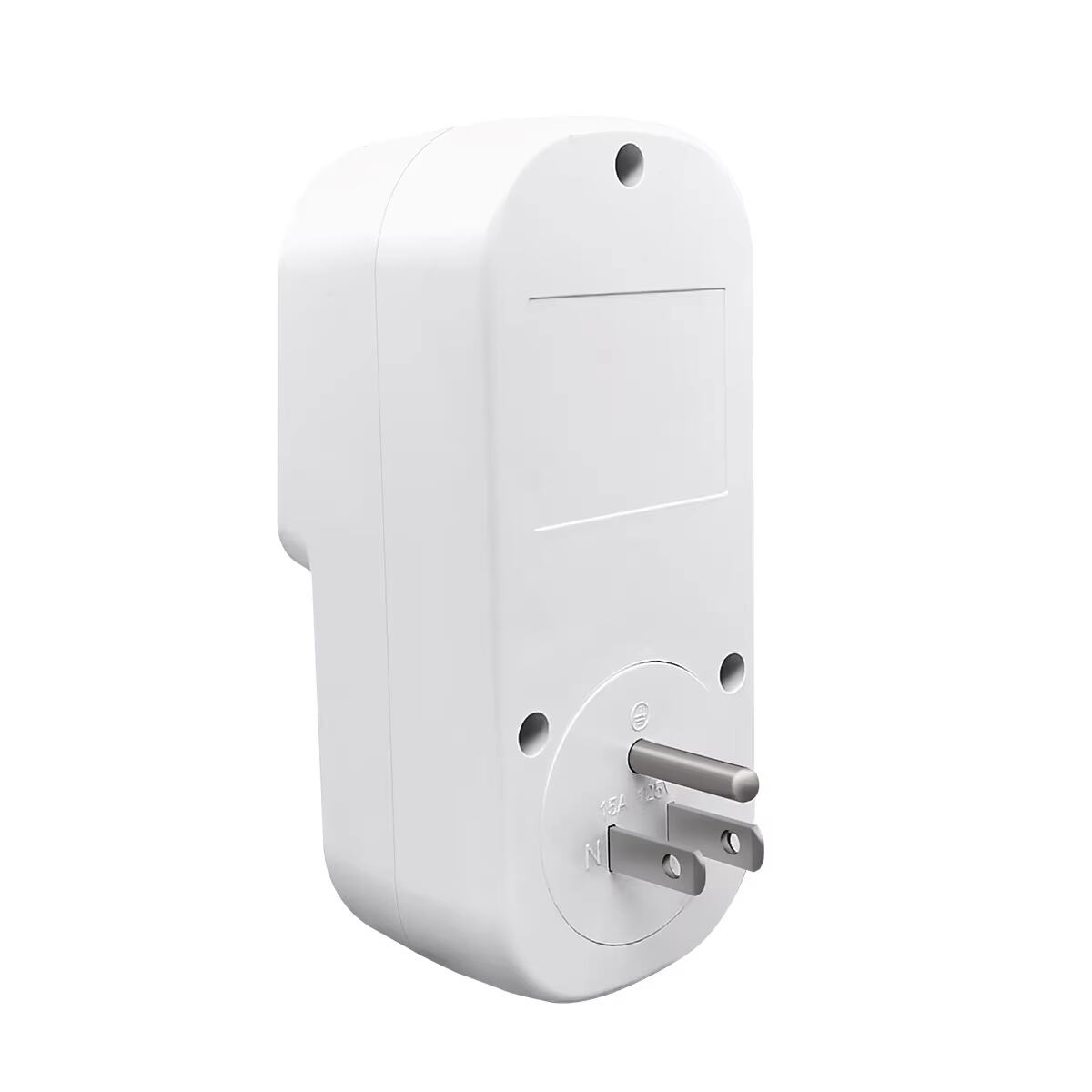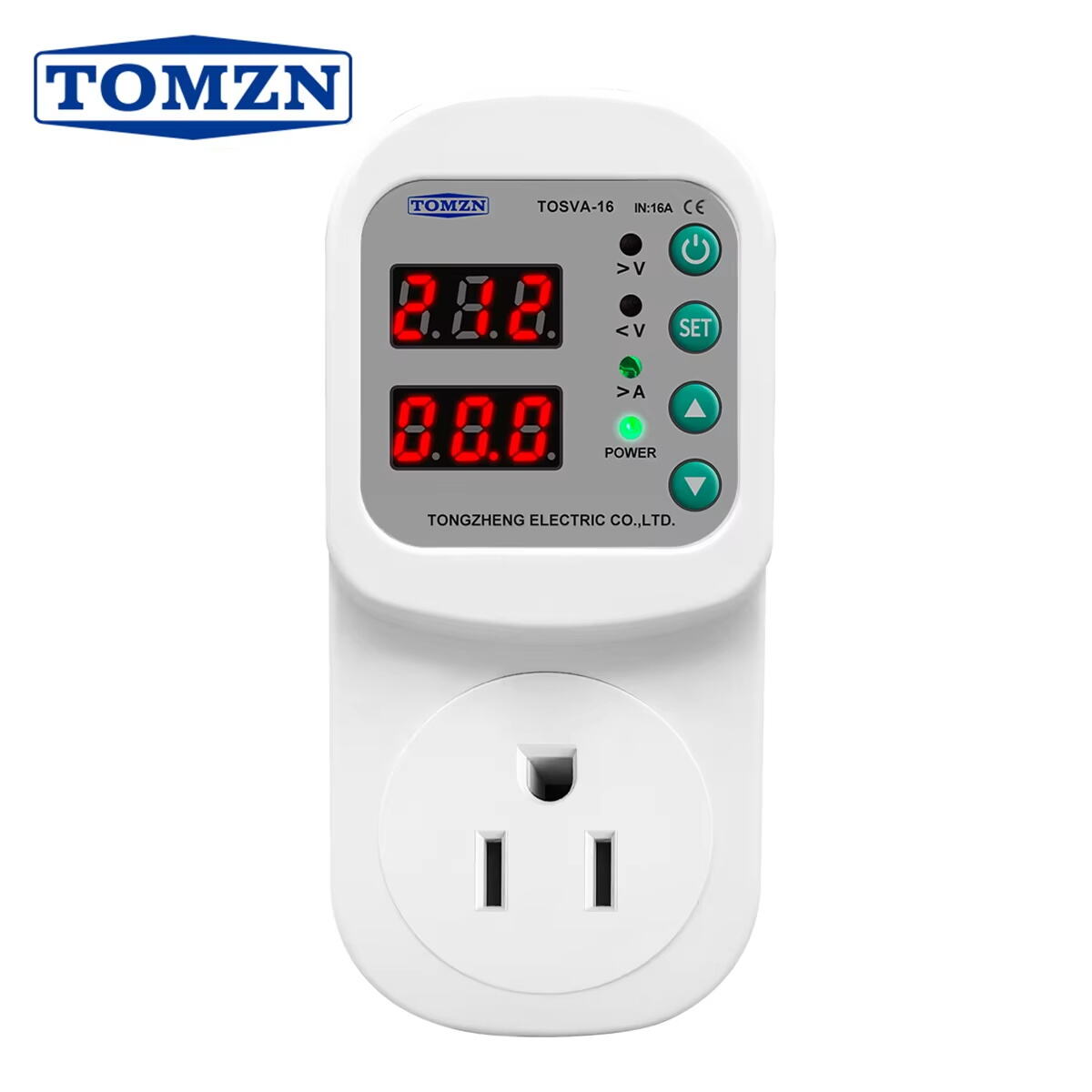Understanding Modern Power Protection Technologies
In today's increasingly complex electrical systems, voltage protection devices play a crucial role in safeguarding sensitive equipment and ensuring uninterrupted operations. As power quality issues become more prevalent, the choice between reconnect protectors and traditional voltage relays can significantly impact system reliability and equipment longevity.
The evolution of power protection technology has led to sophisticated solutions that offer varying degrees of effectiveness, response times, and overall system security. This comprehensive analysis delves into the performance metrics, practical applications, and real-world implications of these two prominent protection methodologies.
Core Technology Comparison
Fundamental Operating Principles
Reconnect protectors represent the latest generation of voltage protection devices, utilizing advanced microprocessor-based technology to monitor and respond to power anomalies. These systems continuously analyze multiple electrical parameters, including voltage variations, frequency fluctuations, and phase imbalances, making decisions based on sophisticated algorithms that consider both immediate and trending conditions.
Traditional voltage relays, while proven reliable over decades of use, operate on simpler electromagnetic or solid-state principles. They typically focus on single-parameter monitoring, primarily voltage levels, with predetermined thresholds for activation. This fundamental difference in approach sets the stage for varying performance capabilities and application suitability.
Response Time Analysis
One of the most critical performance metrics for voltage protection devices is response time to power quality events. Reconnect protectors demonstrate superior response times, typically reacting within 8-12 milliseconds to voltage anomalies. This rapid response capability proves particularly valuable in protecting sensitive electronic equipment and preventing cascade failures in interconnected systems.
Voltage relays generally exhibit response times ranging from 16-30 milliseconds, depending on the specific model and technology generation. While this difference may seem minimal, in scenarios involving sensitive equipment or critical processes, these additional milliseconds can mean the difference between maintained operation and system failure.

Protection Coverage Scope
Voltage Event Categories
Modern reconnect protectors excel in addressing a comprehensive range of voltage-related issues. They effectively manage sags, swells, transients, and sustained over/under voltage conditions. The sophisticated monitoring algorithms enable these devices to differentiate between momentary disturbances and genuine power quality issues, reducing unnecessary trips while maintaining robust protection.
Standard voltage relays typically focus on sustained voltage variations, with limited capability to address complex power quality events. Their binary operation nature - either engaged or disengaged - can sometimes lead to nuisance tripping during temporary power fluctuations that might not pose genuine risks to protected equipment.
Environmental Adaptability
The performance of voltage protection devices varies significantly across different operating environments. Reconnect protectors demonstrate remarkable adaptability to diverse industrial settings, maintaining consistent performance across temperature ranges and electromagnetic interference levels. Their digital architecture allows for automatic calibration and adjustment to local power quality conditions.
Traditional voltage relays often require manual adjustment when deployed in different environments, and their performance can be affected by ambient conditions. This limitation necessitates more frequent maintenance and recalibration, particularly in challenging industrial environments with variable power quality characteristics.
Reliability and Maintenance Considerations
Long-term Performance Stability
The reliability of voltage protection devices directly impacts the overall system protection strategy. Reconnect protectors incorporate self-diagnostic capabilities and continuous performance monitoring, enabling predictive maintenance approaches. Their solid-state construction minimizes wear and tear, contributing to extended service life and consistent protection levels over time.
Voltage relays, particularly electromagnetic variants, may experience mechanical wear that affects their trip points and response characteristics over time. Regular testing and calibration become essential to maintain proper protection levels, increasing the total cost of ownership and maintenance requirements.
Maintenance Requirements
Modern reconnect protectors significantly reduce maintenance overhead through built-in monitoring and reporting capabilities. These systems can provide advance warning of potential issues, enabling proactive maintenance scheduling and minimizing unexpected downtime. The digital nature of these devices also facilitates remote monitoring and adjustment, reducing the need for physical intervention.
Traditional voltage relays typically demand more frequent physical inspections and manual testing to verify proper operation. The mechanical components require regular maintenance to ensure reliable performance, and the lack of advanced diagnostic capabilities means potential issues might go undetected until failure occurs.
Economic Impact Analysis
Initial Investment Considerations
While reconnect protectors generally represent a higher initial investment compared to traditional voltage relays, their advanced capabilities and reduced maintenance requirements often result in lower total ownership costs over time. The superior protection coverage and reduced likelihood of nuisance tripping contribute to improved system reliability and reduced downtime costs.
Voltage relays offer a lower entry point in terms of initial cost, making them appealing for basic protection needs. However, when considering the complete financial picture, including maintenance requirements, potential equipment damage, and system downtime, the apparent cost advantage may diminish significantly.
Long-term Cost Benefits
The economic advantages of reconnect protectors become particularly evident when analyzing long-term operational costs. These devices typically demonstrate superior energy efficiency, lower maintenance requirements, and better protection of connected equipment, leading to reduced replacement and repair expenses over time.
Traditional voltage relays, while initially more economical, may incur higher operational costs through increased maintenance requirements, potential equipment damage from delayed response times, and more frequent replacement needs. The cumulative effect of these factors can significantly impact the total cost of ownership.
Frequently Asked Questions
What makes reconnect protectors more effective than traditional voltage relays?
Reconnect protectors offer superior performance through advanced microprocessor-based technology, faster response times (8-12ms vs 16-30ms), comprehensive protection coverage, and built-in diagnostic capabilities. Their ability to analyze multiple parameters simultaneously and adapt to varying conditions provides more reliable and nuanced protection compared to traditional voltage relays.
How do maintenance requirements differ between these protection devices?
Reconnect protectors feature self-diagnostic capabilities and remote monitoring options, requiring minimal routine maintenance. Traditional voltage relays typically need regular physical inspections, manual testing, and more frequent calibration due to their mechanical components and simpler operating principles.
Are reconnect protectors worth the higher initial investment?
While reconnect protectors have a higher upfront cost, their advanced features, reduced maintenance requirements, and superior protection capabilities often result in lower total ownership costs over time. The improved system reliability and reduced risk of equipment damage typically justify the initial investment for critical applications.
